Beigou Forbidden City 北溝故宮 is an obscure historic site hidden in the hills of Wufeng, Taichung. From 1949 to 1965 it was the provisional base of operations for the team of archivists, curators, scholars, and technicians overseeing the subset of the Palace Museum collection sent for safekeeping to Taiwan by the Kuomintang (KMT) in the later stages of the Chinese Civil War. Nowadays this collection is managed and displayed by the National Palace Museum 國立故宮博物院 (or simply Gùgōng 故宮 for short), situated in Taipei, and almost nothing remains of the facilities in Wufeng. The one exception is an underground vault constructed in 1953.
Both the National Palace Museum in Taiwan and the Palace Museum in China trace their histories back to the Forbidden City in Beijing. Established in 1925, the Palace Museum collection originates with the vast imperial holdings of the Ming and Qing dynasty emperors who resided there. In 1933, under threat of invasion by Japanese forces, the huge collection was boxed and sent overland to Nanjing, the first of several stops on a decades-long mission to prevent it from falling into the wrong hands1.
Following the Japanese surrender and the resumption of hostilities between the KMT and communist forces the collection was split in two, and many of the most valuable pieces were transported by sea to Keelung, at the northern tip of Taiwan, in 1949. From there the collection was sent by rail to a warehouse in Yangmei, Taoyuan, and then to the former sugar factory in Taichung, before it was finally secreted away to purpose-built facilities in Wufeng by 1950. The collection remained there until the opening of the National Palace Museum in Taipei in 1965.
The grounds of the former museum facility lay idle for many years after the collection was relocated. Eventually the site was repurposed for use by the Taiwan Provincial Film Studio 台灣省電影製片廠 and Taiwan Provincial Symphony Orchestra 省立台灣交響樂團. In 1990 the site was again transformed, this time into a theme park, Taiwan Studio City 台灣電影文化城2, but it closed in 1999 after suffering heavy damage in the 921 Earthquake. After clearing the debris nothing remained at the surface to indicate that this site had been home to the palace museum collection for 15 years.
The vault seen in these photographs was approved in 1952, constructed in 1953, and in active use from 1954 until the entire site was abolished in 1965. It was built to withstand disasters both natural and manmade (mainly in the form of air raids) and seems to have held up fairly well through decades of neglect, all things considered. It was heavily damaged in the earthquake and buried under a landslide. From what I’ve read, nobody knew exactly where it was located until it was excavated in 2013. It is an interesting coincidence that it spent around the same amount of time hosting some of the world’s greatest art as it did completely cut-off from the outside world.
Renewed interest in the site and its cultural value3 prompted the Taichung government to register the damaged vault as a historic monument in 2014. Officially known as the Beigou Forbidden City Vault 北溝故宮文物典藏山洞 (and sometimes more informally as the Wufeng Beigou Tunnel 霧峰北溝坑道), the site was almost completely neglected apart from the installation of a historical plaque near the entrance of the vault. From what I understand, part of the delay in developing the site is fragmented property rights; the underlying land is divided amongst more than a dozen shareholders, all of whom would have to agree to whatever redevelopment plan the city government dreams up. In 2019 one landowner filled the pits granting access to the vault, ostensibly because of the hazard they posed4.
Prior to the closure of the site I managed to slip inside to take a look around. Nothing remains inside the vault, of course, and while there is visible deformation from the earthquake in many areas, it remains structurally intact. It is somewhat hard to imagine this obscure hole in the ground filled with parts of China’s national treasure, but that is indeed the purpose it once served. Hopefully the Taichung government can get its act together and reach a deal with the landowners to redevelop the site and bring this story to life. In the meantime, if you happen to be in Taiwan and wish to visit the site, you should be aware that access may be difficult and there’s no guarantee you’ll find much of anything to look at these days, but if things change I’ll be sure to update this post!
- Sixth Tone has a good series documenting the wartime travels of the palace museum collection; read it here: part 1, part 2, and part 3. For a more detailed history of the movements of the collection this page from the National Palace Museum (in Chinese) is highly informative. You might also like to peruse this history told from a more Chinese perspective for comparison. ↩
- Parts of the former theme park were still visible in 2012 according to this blog but I saw no trace of it while visiting in 2017. Taiwan Studio City was one of several theme parks dedicated to Taiwanese cinema. Apart from film studios in Shilin and Beitou, there was also the Baihe Taiwan Film & TV Town 白河台灣電影文化城, which is now closed and abandoned. ↩
- Two Chinese language news reports about the excavation can be found here and here. This site also features a series of interviews with elders in the surrounding community, many of whom worked at the original museum facility. ↩
- A news report detailing the second entombment of the vault can be seen here. ↩
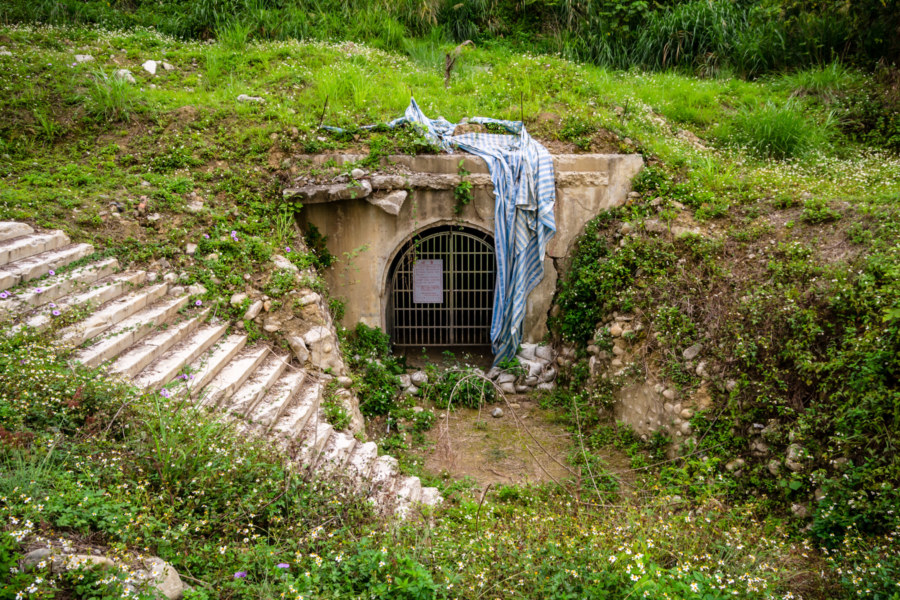
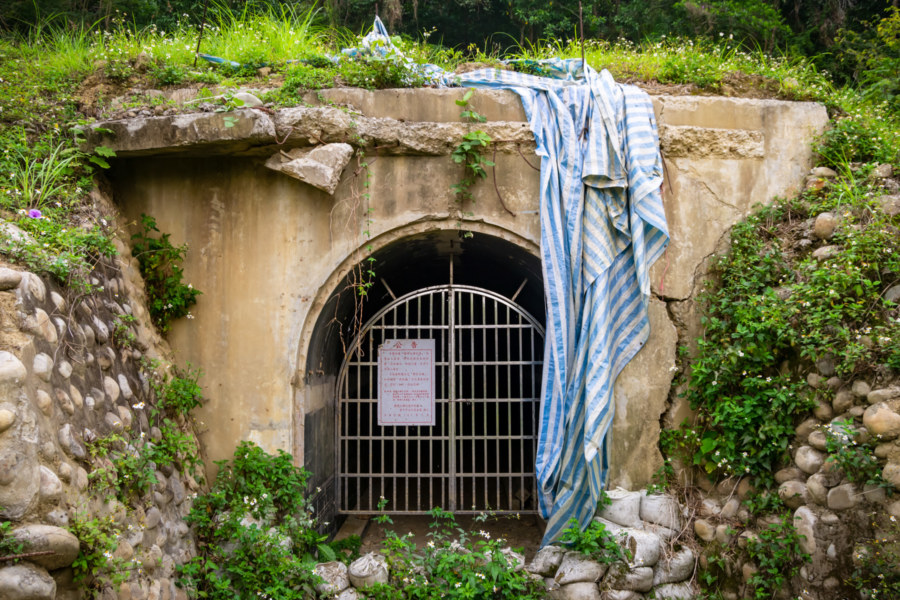

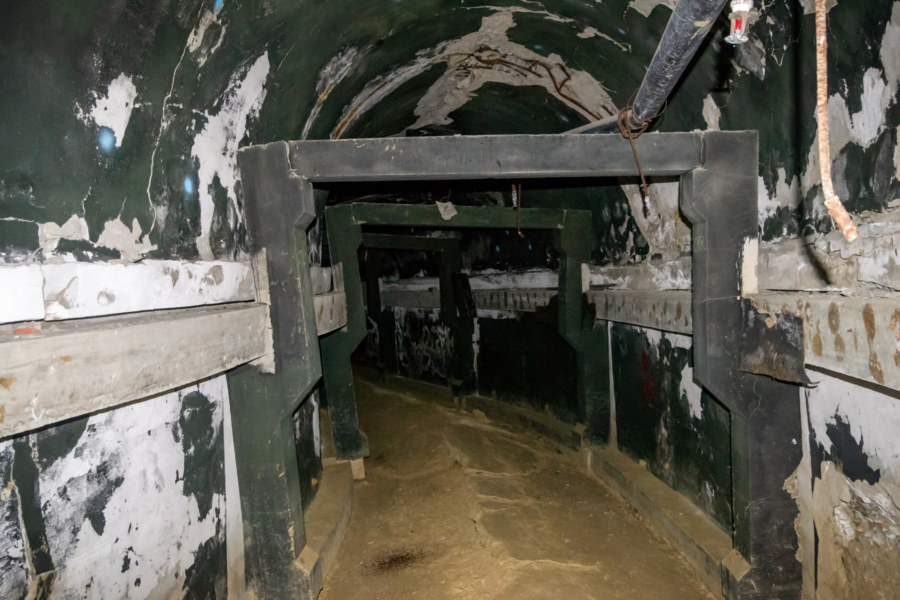
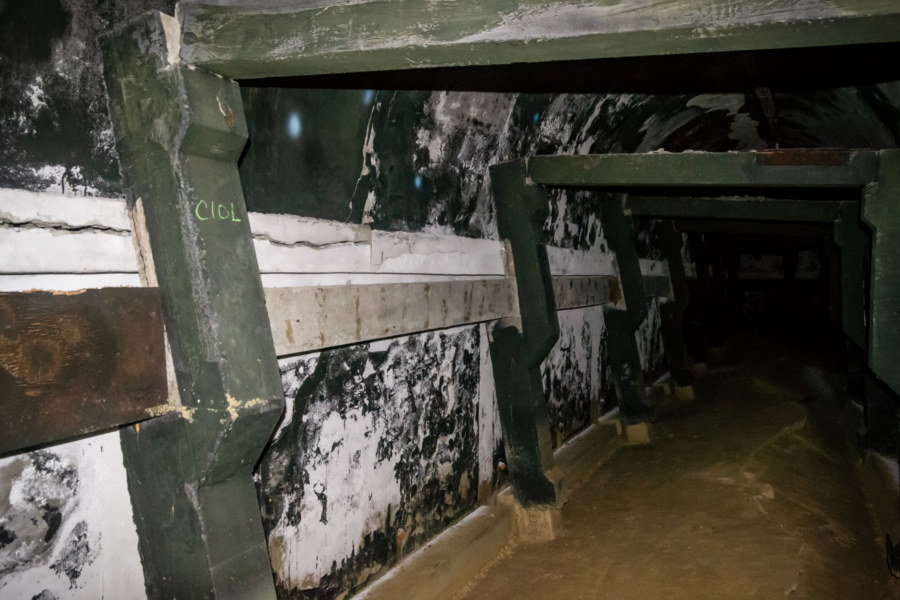
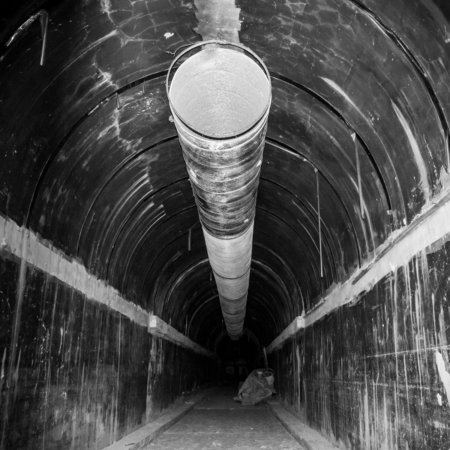
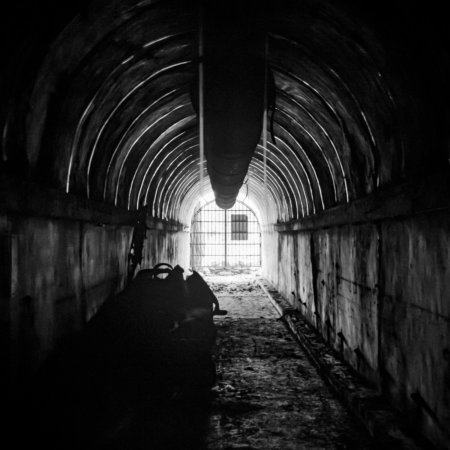
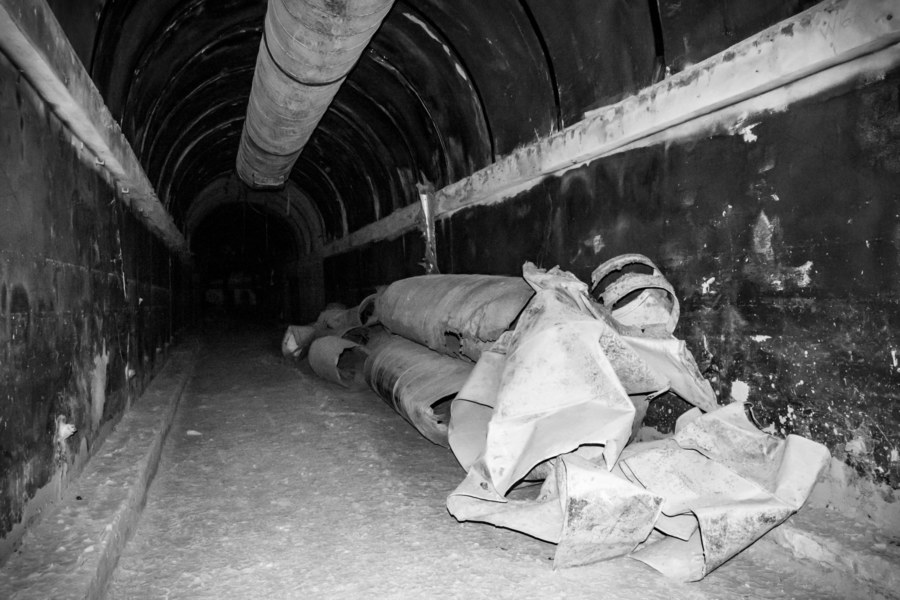
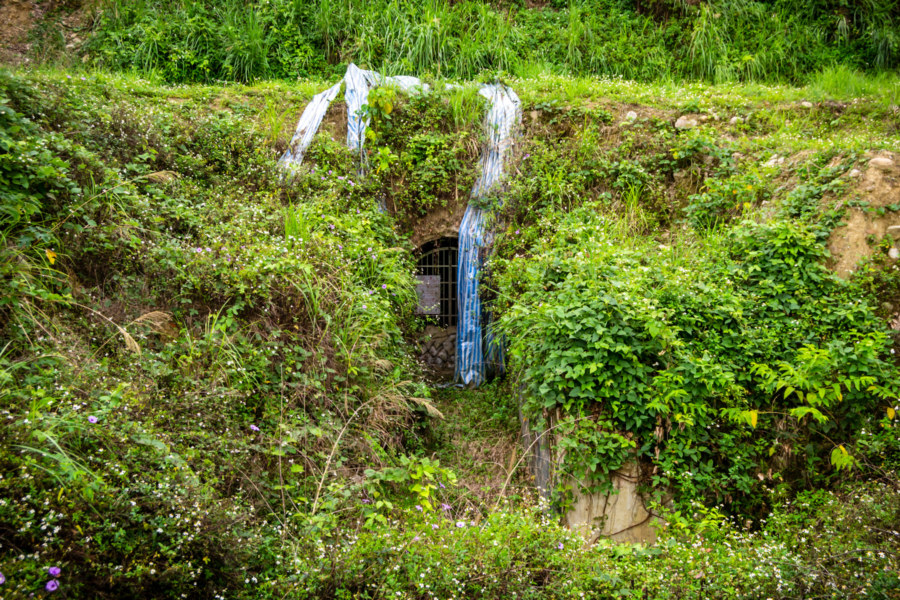
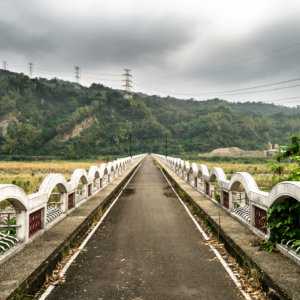
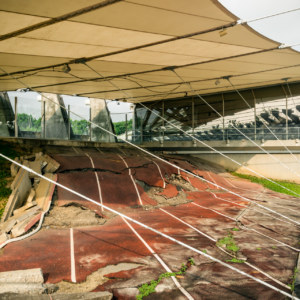
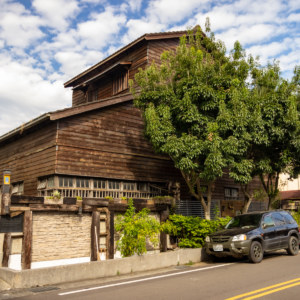
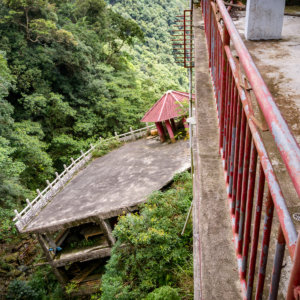
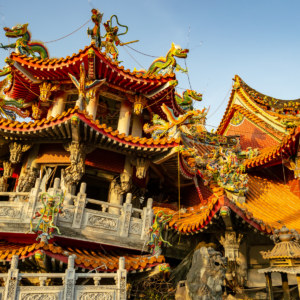
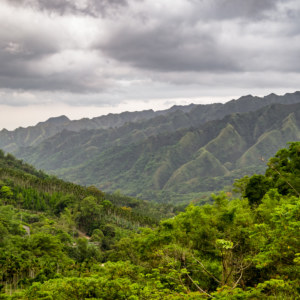
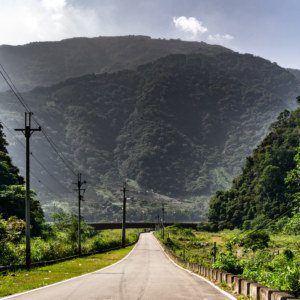
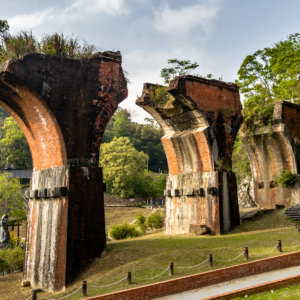
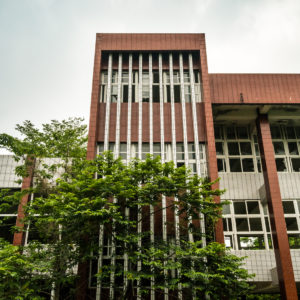
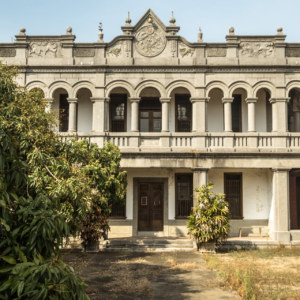
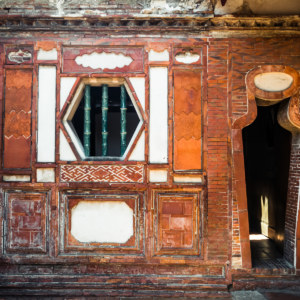
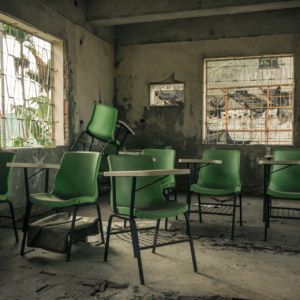
Please email me where exactly the vault is! I see your pictures but no exact location.